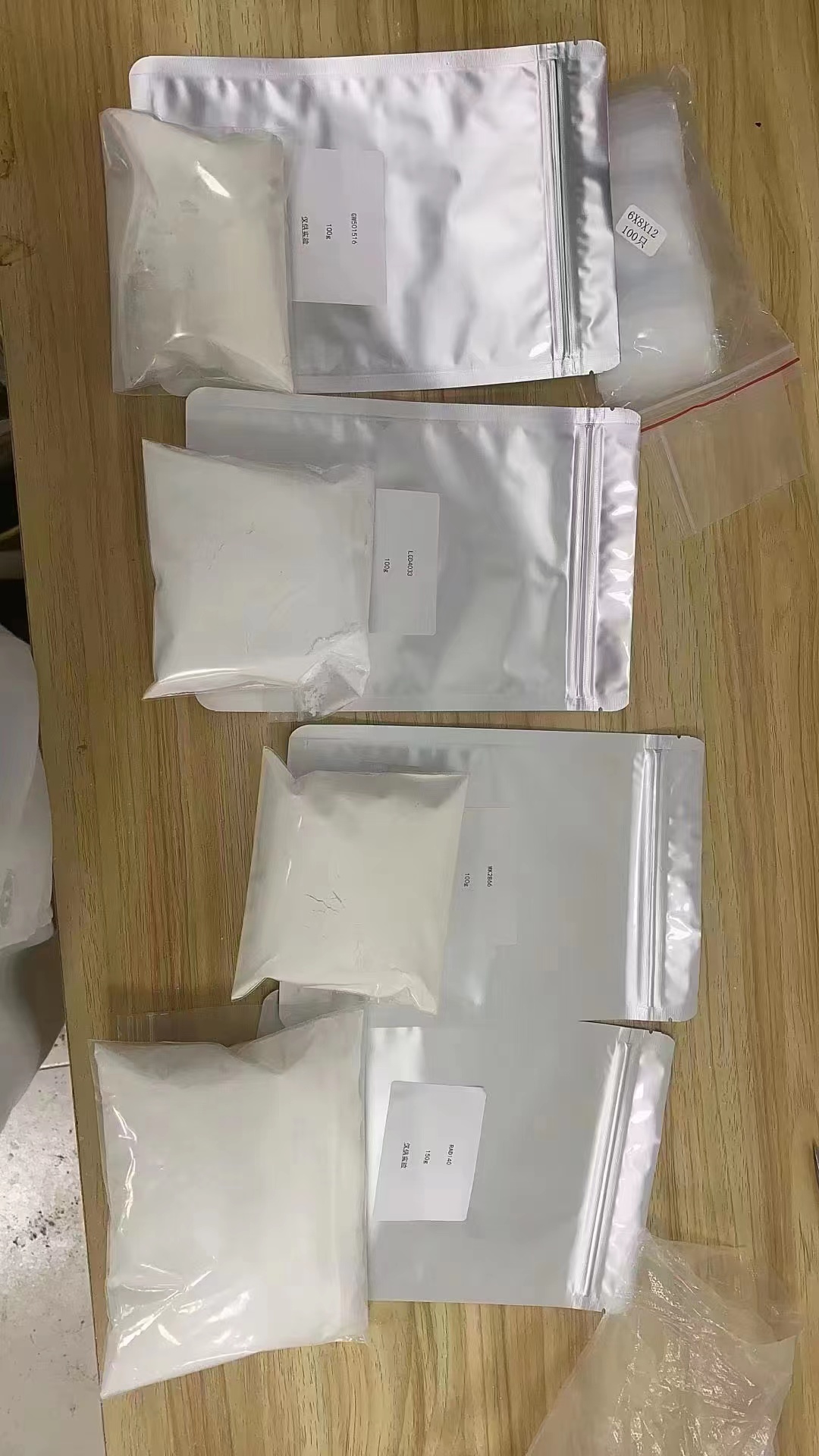
News
Jun . 12, 2024 11:33 Back to list
Various kinds of peptides exist.
Understanding the Types of Peptides A Comprehensive Overview
Peptides, the building blocks of proteins, are short chains of amino acids connected by peptide bonds. They play a pivotal role in numerous biological processes, ranging from cell signaling to immunity and even in drug development. The diversity of peptides is vast, each with its unique structure and function. In this article, we will delve into the major types of peptides.
Firstly, there are linear peptides, the most basic form, which are unbranched chains of amino acids arranged in a specific sequence. The sequence determines the peptide's properties and function, making them essential in protein synthesis and cellular communication.
Secondly, cyclic peptides are a structurally distinct class. These peptides form a ring-like structure by connecting their amino and carboxyl termini, creating a closed loop. This configuration can enhance stability and bioactivity, making them attractive for pharmaceutical applications.
Thirdly, there are conformational or structured peptides. These have a defined three-dimensional shape due to hydrogen bonding, hydrophobic interactions, and other forces. Examples include alpha-helices, beta-sheets, and beta-turns, which are crucial for protein folding and function Examples include alpha-helices, beta-sheets, and beta-turns, which are crucial for protein folding and function Examples include alpha-helices, beta-sheets, and beta-turns, which are crucial for protein folding and function Examples include alpha-helices, beta-sheets, and beta-turns, which are crucial for protein folding and function
Examples include alpha-helices, beta-sheets, and beta-turns, which are crucial for protein folding and function Examples include alpha-helices, beta-sheets, and beta-turns, which are crucial for protein folding and function types of peptides.
Next, we have post-translationally modified peptides. These peptides undergo modifications after translation, such as phosphorylation, glycosylation, or acetylation, altering their function and activity. These modifications are critical in cellular regulation and disease pathways.
Then, there are antimicrobial peptides (AMPs), a subclass that plays a vital role in the innate immune system. They can disrupt bacterial membranes or interfere with nucleic acid function, providing a natural defense mechanism.
Lastly, therapeutic peptides have gained significant attention in recent years. Designed to mimic natural peptides or entirely synthesized, these have shown promise in treating various diseases due to their high specificity and low toxicity.
In conclusion, peptides are not just simple strings of amino acids; they are complex molecules with diverse structures and functions. Their versatility has led to their usage in various fields, from understanding fundamental biological processes to developing novel therapeutics. Further research into peptide structures and functions could unlock more potential applications and deepen our understanding of life at the molecular level.
types of peptides.
Next, we have post-translationally modified peptides. These peptides undergo modifications after translation, such as phosphorylation, glycosylation, or acetylation, altering their function and activity. These modifications are critical in cellular regulation and disease pathways.
Then, there are antimicrobial peptides (AMPs), a subclass that plays a vital role in the innate immune system. They can disrupt bacterial membranes or interfere with nucleic acid function, providing a natural defense mechanism.
Lastly, therapeutic peptides have gained significant attention in recent years. Designed to mimic natural peptides or entirely synthesized, these have shown promise in treating various diseases due to their high specificity and low toxicity.
In conclusion, peptides are not just simple strings of amino acids; they are complex molecules with diverse structures and functions. Their versatility has led to their usage in various fields, from understanding fundamental biological processes to developing novel therapeutics. Further research into peptide structures and functions could unlock more potential applications and deepen our understanding of life at the molecular level.
 Examples include alpha-helices, beta-sheets, and beta-turns, which are crucial for protein folding and function Examples include alpha-helices, beta-sheets, and beta-turns, which are crucial for protein folding and function
Examples include alpha-helices, beta-sheets, and beta-turns, which are crucial for protein folding and function Examples include alpha-helices, beta-sheets, and beta-turns, which are crucial for protein folding and function types of peptides.
Next, we have post-translationally modified peptides. These peptides undergo modifications after translation, such as phosphorylation, glycosylation, or acetylation, altering their function and activity. These modifications are critical in cellular regulation and disease pathways.
Then, there are antimicrobial peptides (AMPs), a subclass that plays a vital role in the innate immune system. They can disrupt bacterial membranes or interfere with nucleic acid function, providing a natural defense mechanism.
Lastly, therapeutic peptides have gained significant attention in recent years. Designed to mimic natural peptides or entirely synthesized, these have shown promise in treating various diseases due to their high specificity and low toxicity.
In conclusion, peptides are not just simple strings of amino acids; they are complex molecules with diverse structures and functions. Their versatility has led to their usage in various fields, from understanding fundamental biological processes to developing novel therapeutics. Further research into peptide structures and functions could unlock more potential applications and deepen our understanding of life at the molecular level.
types of peptides.
Next, we have post-translationally modified peptides. These peptides undergo modifications after translation, such as phosphorylation, glycosylation, or acetylation, altering their function and activity. These modifications are critical in cellular regulation and disease pathways.
Then, there are antimicrobial peptides (AMPs), a subclass that plays a vital role in the innate immune system. They can disrupt bacterial membranes or interfere with nucleic acid function, providing a natural defense mechanism.
Lastly, therapeutic peptides have gained significant attention in recent years. Designed to mimic natural peptides or entirely synthesized, these have shown promise in treating various diseases due to their high specificity and low toxicity.
In conclusion, peptides are not just simple strings of amino acids; they are complex molecules with diverse structures and functions. Their versatility has led to their usage in various fields, from understanding fundamental biological processes to developing novel therapeutics. Further research into peptide structures and functions could unlock more potential applications and deepen our understanding of life at the molecular level. Share
Latest news
-
Using tadalafil to promote hair growth and combat hair loss effectively.
NewsJul.10,2024
-
Generating a title similar to palmitoyl oligopeptide could be Oligopeptide containing palmitoyl for skincare benefits and rejuvenation.
NewsJul.10,2024
-
Similarity of the compound tra% 100mg/ml in different pharmaceutical formulations
NewsJul.10,2024
-
Negative impacts of tadalafil on health and well-being
NewsJul.10,2024
-
Anastrozole 0.5 mg twice per week for treatment of cancer patients
NewsJul.10,2024
-
Reviewing the effectiveness of kisspeptin in enhancing reproductive health and fertility.
NewsJul.10,2024
